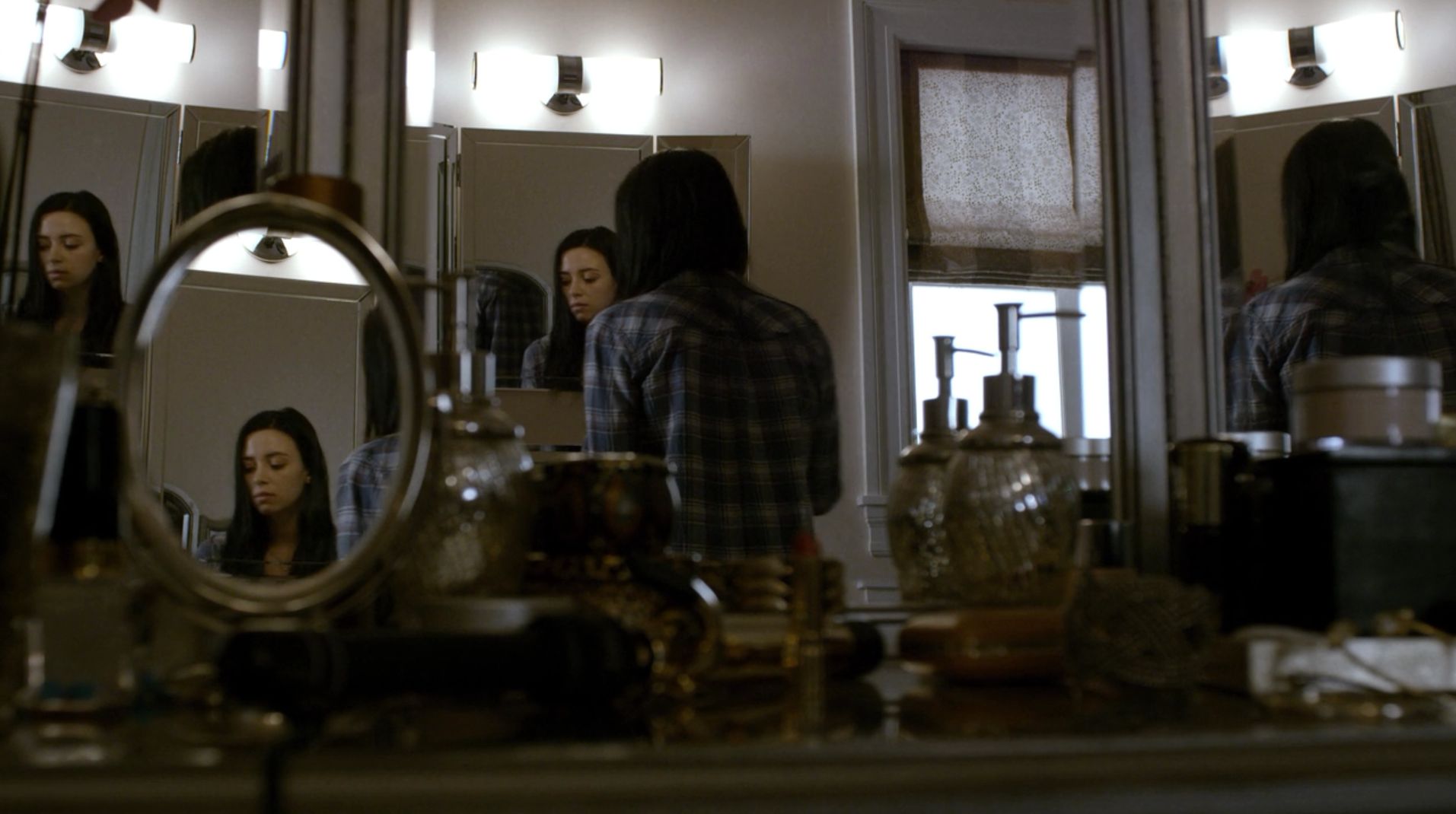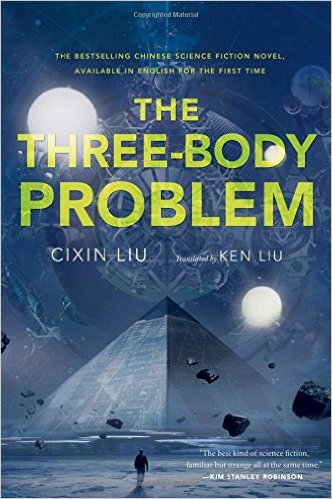Guardians of the Galaxy #2
Seriously, Bendis? Five double page spreads in your second issue? Which is to say that not a heck of a lot happens, and certainly not anything that could be called a character moment. Which is to say generally speaking an issue that demonstrates all of Bendis’s worst instincts and few of his best ones. Ah well.
Chew #52
You know how some months I know what’s going on in this comic? This is one of those other months. Actually, genuine credit due, Layman and Guillory put a lot of work into reintroducing key concepts, so that the comic is actually followable even to a moron like me, but nothing quite spikes as “I’m invested in this” across the issue, alas.
Silver Surfer #15
Oh, man, are there still old old Marvel comics coming out? I didn’t even know. This is good and fun, as the Slott/Allred Silver Surfer generally has been, but it’s difficult to pretend that I care about the false secondary universe that the Silver Surfer created after the new universe has been created and before Secret Wars #9 has come out. Nor does it really feel like Slott and Allred have had a new idea in the last little bit. All in all, this left me cold this month.
Saga #31
Also decidedly leaving me cold, as this book has for a while, although I have to say I actually like the plot of this one, even if my usual “what the hell is happening in this comic” problems apply. The cliffhanger’s fascinating and weird, at least. The middle section almost completely loses me. But as issues of a comic I’m kind of out of love with go, this is a solid one.
Blackcross #6
I imagine had this not been painfully delayed from #5 I’d have liked it more, although this has been by some margin my least favorite recent piece of Ellis to begin with. But a massive delay before the mostly punching sixth issue of a book that cannot be said to have had Ellis’s best pacing in recent memory… well, it’s just not terribly satisfying.
Black Magick #2
Good stuff, though things slow down after an emphatic start, essentially filling in the background on Rowan and the setting. Nothing really sparks majestically as with the first issue, but it remains competent, interesting, and, thanks to Nicola Scott, absolutely fucking gorgeous. But ultimately, the worldbuilding could probably have stood to answer some questions as well as asking them.
Darth Vader #13
This continues to be quite fun, with Gillen taking clear delight in writing the Star Wars cast, and doing a phenomenal Han/Leia scene in the process. Amusingly, Vader himself is hardly in this, although there’s loads of Aphra, and a deliciously sick final cliffhanger. So yes, all I want from a Star Wars crossover, whatever that is.
The Unbeatable Squirrel Girl #2
Squirrel Girl in the 1960s. I don’t feel like this should need more explanation for why it’s awesome.…
Continue Reading
 Join Jack (i.e. me) and my buddy, actor Elliot Chapman (Big Finish’s new Ben Jackson, and recent Pex Lives guest), for our very belated Hallowe’en Shabcast, in which we chat Dracula.
Join Jack (i.e. me) and my buddy, actor Elliot Chapman (Big Finish’s new Ben Jackson, and recent Pex Lives guest), for our very belated Hallowe’en Shabcast, in which we chat Dracula. 
 * trigger warnings: rape, child abuse, post-traumatic stress, suicide, controlling asshole fuckheads, and, you know, if you have triggers, they’re probably here, sorry *
* trigger warnings: rape, child abuse, post-traumatic stress, suicide, controlling asshole fuckheads, and, you know, if you have triggers, they’re probably here, sorry *
 From my forthcoming colleciton
From my forthcoming colleciton

